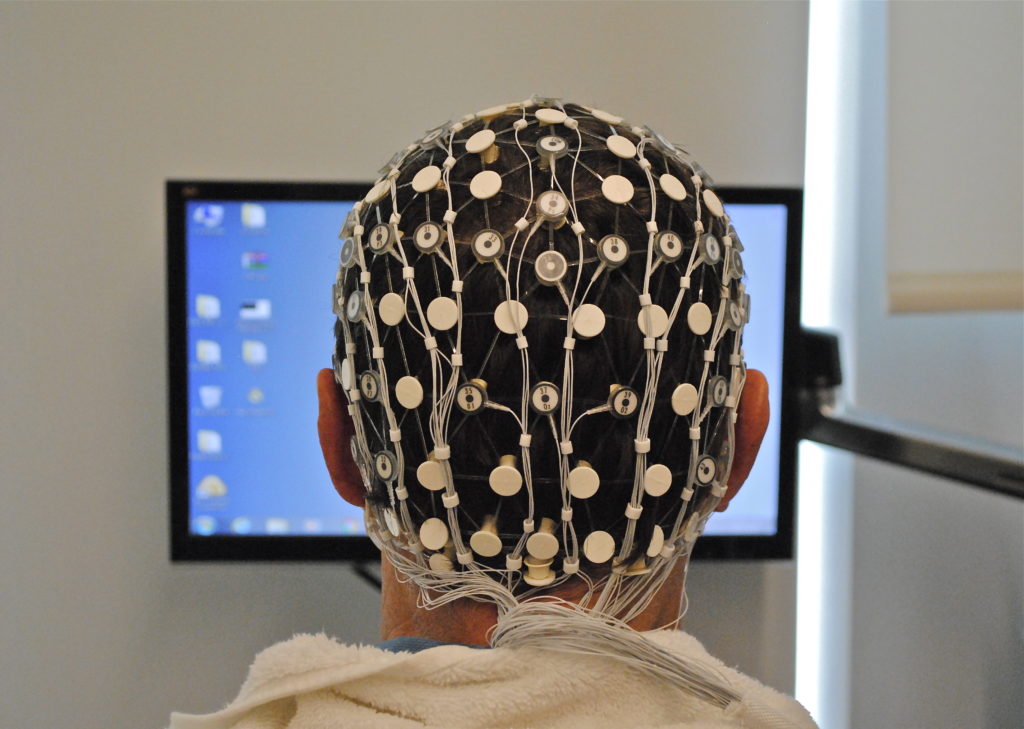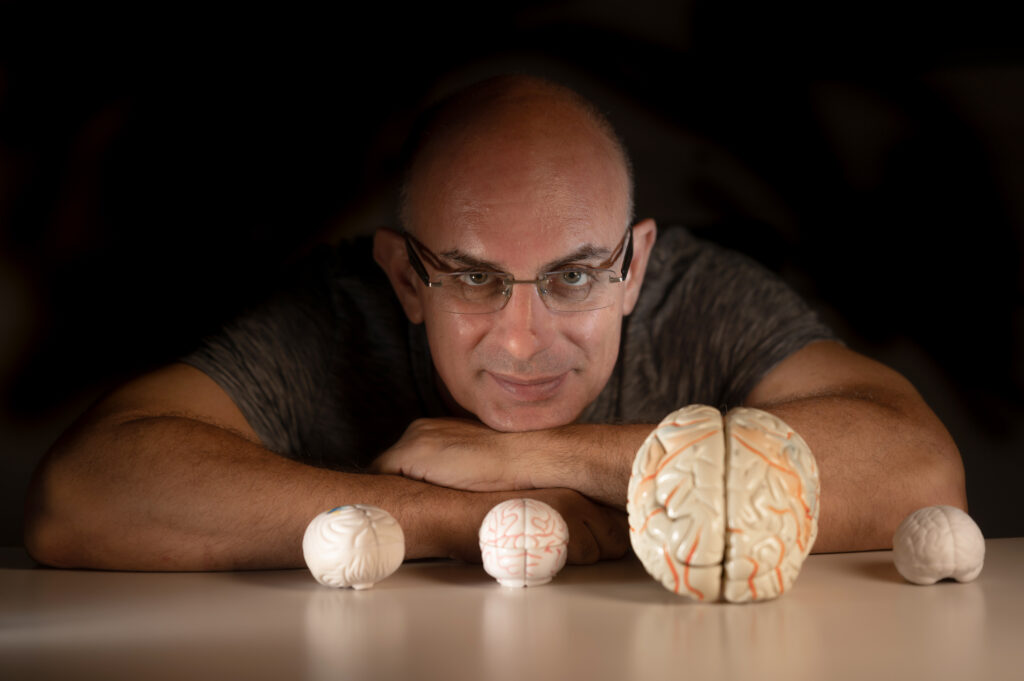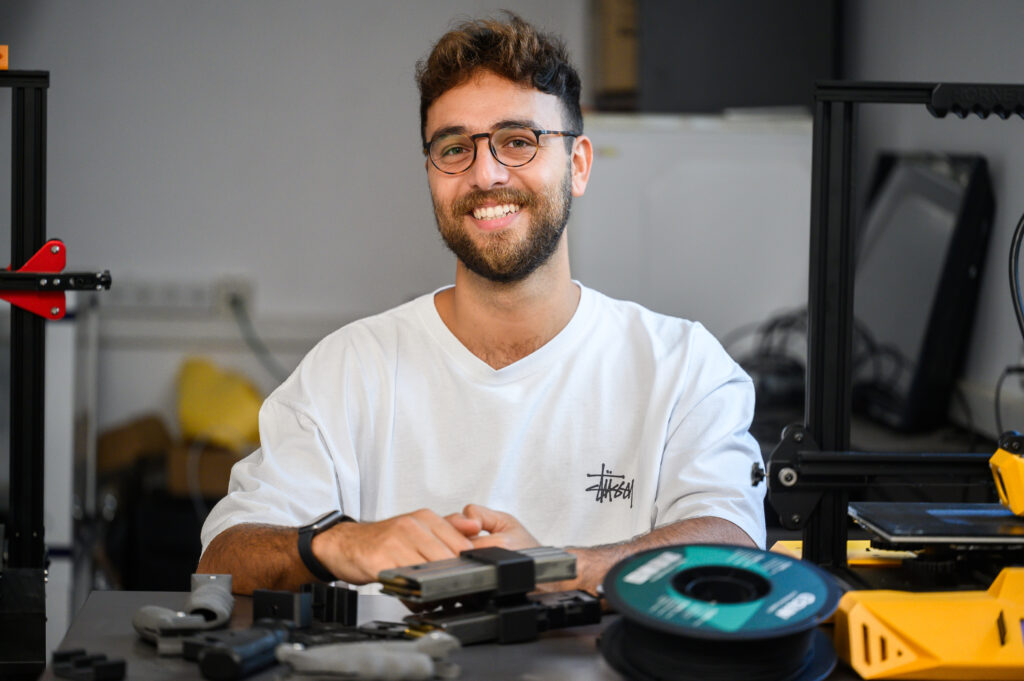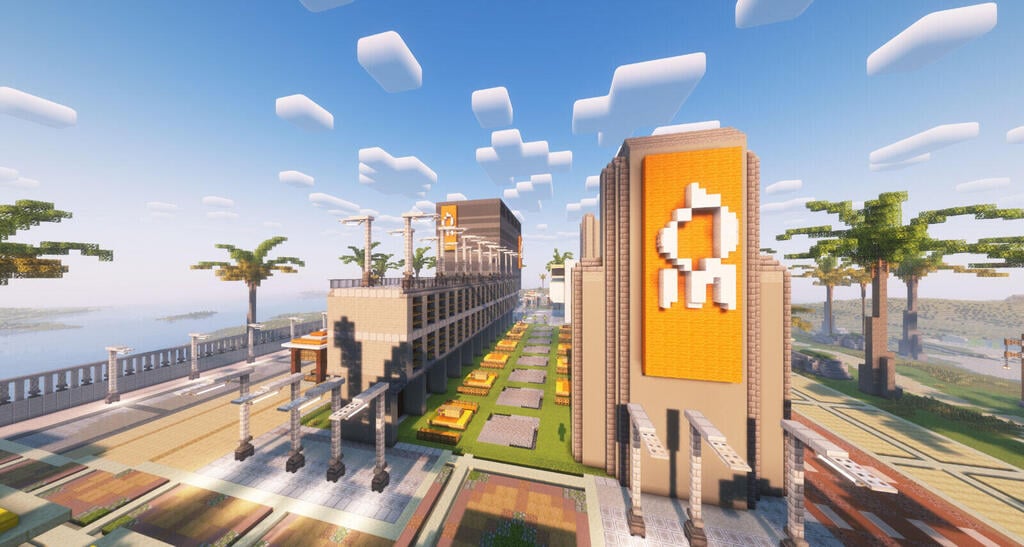
Beer-Sheva Is Flourishing With Medical Innovation
Beer-Sheva Is Flourishing With Medical Innovation
April 6, 2017
Medical Research, Robotics & High-Tech
Jewish Exponent — Beer-Sheva has truly become a college town, and in the center of it all is Ben-Gurion University of the Negev.
Inside BGU’s tall concrete buildings reside dozens of labs and researchers working toward advancing biomedicine through robotics, AI (artificial intelligence) and neurosciences.
The advancement of technologies available at BGU has allowed the surrounding areas of the city to expand as well. The Old City of Beer-Sheva has increased in residents and tourists, and new highways throughout the desert are making commutes easier and faster.
“The University has always been for the community,” says BGU President Prof. Rivka Carmi. Two years ago, Beer-Sheva was named one of seven “cities of tomorrow” for technology and life sciences by T3 Advisors and Brandeis International Business School, which can be credited to the automation coming out of BGU.
The future of biomedical technology begins in Israel, and starts with several startups connected to BGU.
ElMindA, a startup founded by Prof. Amir Geva of BGU’s Department of Electrical and Computer Engineering, developed this technology platform, which analyzes the human brain’s neural networks and captures that data for future research into brain and health function.

A volunteer at ElMindA’s lab wears a 64-electrode cap to collect data and response times after a series of questions and simple tests on a computer screen. Photo: Rachel Kurland
Roughly two billion people worldwide suffer from brain-related disorders, but the technology used to examine them — CT, MRI, fMRI, or PET scans — can’t discern the actual functions of the brain, like memory and sensory processing. That is where ElMindA comes in.
Just as the Google car drives through neighborhoods with a camera on top, capturing images for its Street View database, ElMindA is trying to understand functions of the brain by mapping them against other brain data to see if there are gaps or dysfunctions, so more disorders can be resolved.
“It’s the largest database that exists in electrical signals from the brain, both in universities and other companies,” says Prof. Geva.
The technology is also ideal for athletes or children who suffer concussions, and was used to test and clear athletes at the Rio Olympics.
Dr. David Zarrouk, senior lecturer in BGU’s Department of Mechanical Engineering and director of the University’s Bio-Inspired and Medical Robotics Laboratory, creates biomedical robots.
Most of the robots he works with are bio-inspired, using animals like lizards as models. Prior research shows that as a lizard runs away, the tail moves toward the body. Dr. Zarrouk uses the lizard’s stabilization method as inspiration for simpler robotic movements.
“Building robots exactly like animals is practically impossible,” says Dr. Zarrouk. “Don’t try to make things complex if you don’t have to.”
This concept is applied to several prototypes in Dr. Zarrouk’s lab, like a robot that moves like a cockroach and can one day be used for search and rescue missions.
But robots even smaller than roaches are being used directly inside the body. They begin as a swallowable pill that moves and passes through the small intestine, which takes about eight to 12 hours and has functional disadvantages.
“A doctor would want to see the pill going backward and forward, going different directions. This doesn’t exist today,” says Dr. Zarrouk.
So he has come up with another robot that would do just that, which moves through wave-like motions like that of a swimmer.
It is activated by only one motor, which allows it to be small in size and move in continuous motions through viscous liquids. It can be scaled up for search and rescue missions, or miniaturized to travel through the human body for biopsy imaging.
Other local startups, such as DiACardio, are also working on life-saving technology.
Based on software developed by Prof. Hugo Guterman of BGU’s Department of Electrical and Computer Engineering, DiACardio provides an ultrasound of the heart that can detect signs of heart failure more clearly and less expensively than other technologies.
“DiACardio invented new image-processing technology based on advanced pattern recognition in machinery and algorithms that can mark, track and find parameters physicians are looking for when evaluating medical images,” says DiACardio Chief Executive Officer Hila Goldman-Aslan.

DiACardio Chief Executive Officer Hila Goldman-Aslan (standing in white far right) at a demonstration of the software Photo: PR / DiACardio
“Our vision is not only to be able to provide fully automated tools for the heart, but also to use the technology to be helpful and bring other automated tools to other areas.”
This post is excerpted from a story by Rachel Kurland, who recently participated in Americans for Ben-Gurion University’s 2017 Murray Fromson Media Fellowship.



